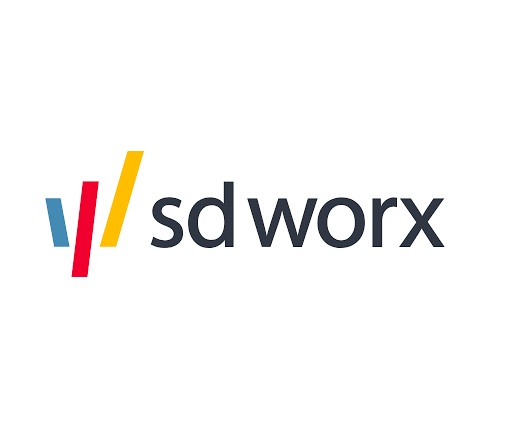How to add UTM parameters to Google Ads
Auto-tagging in Google Ads. With auto-tagging enabled the source / medium information from Google Ads is already available in Google Analytics, but it cannot be transferred to Salesforce. To make tha…

Auto-tagging in Google Ads
With auto-tagging enabled the source / medium information from Google Ads is already available in Google Analytics, but it cannot be transferred to Salesforce.
To make that possible we need to use custom tracking templates.
Use the tracking template in Google Ads
You can define tracking templates on different levels (campaign, ad group). The setting can be found below the category "Settings" -> "Campaign URL options".
Copy paste your UTM tracking parameters within the tracking template field.

Examples of utm tracking parameters
Below you will find some examples of utm tracking parameters for google ads. Those can be used as a template, IF (and only if) you update the utm_campaign parameter accordingly to your campaign.
Template for search campaigns:
{lpurl}?utm_source=google&utm_medium=cpc&utm_campaign=go-be-nl-b-ao-search-branding-00xxx000-all&utm_keyword={keyword}Template for display campaigns:
{lpurl}?utm_source=google&utm_medium=display&utm_campaign=go-be-nl-b-ao-display-branding-00xxx000-all&utm_keyword={keyword}Please don't forget to update the utm_campaign parameter.
How to update the utm_campaign parameter
To create and set up utm tracking; we have an excel document that automatically generates your utm parameters for paid search and display. Please learn more about it in this article. [LINK]
How did we do?
New Negative Keyword List Template
SEA - Google Ads
